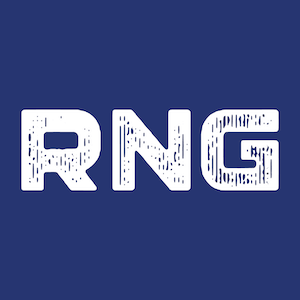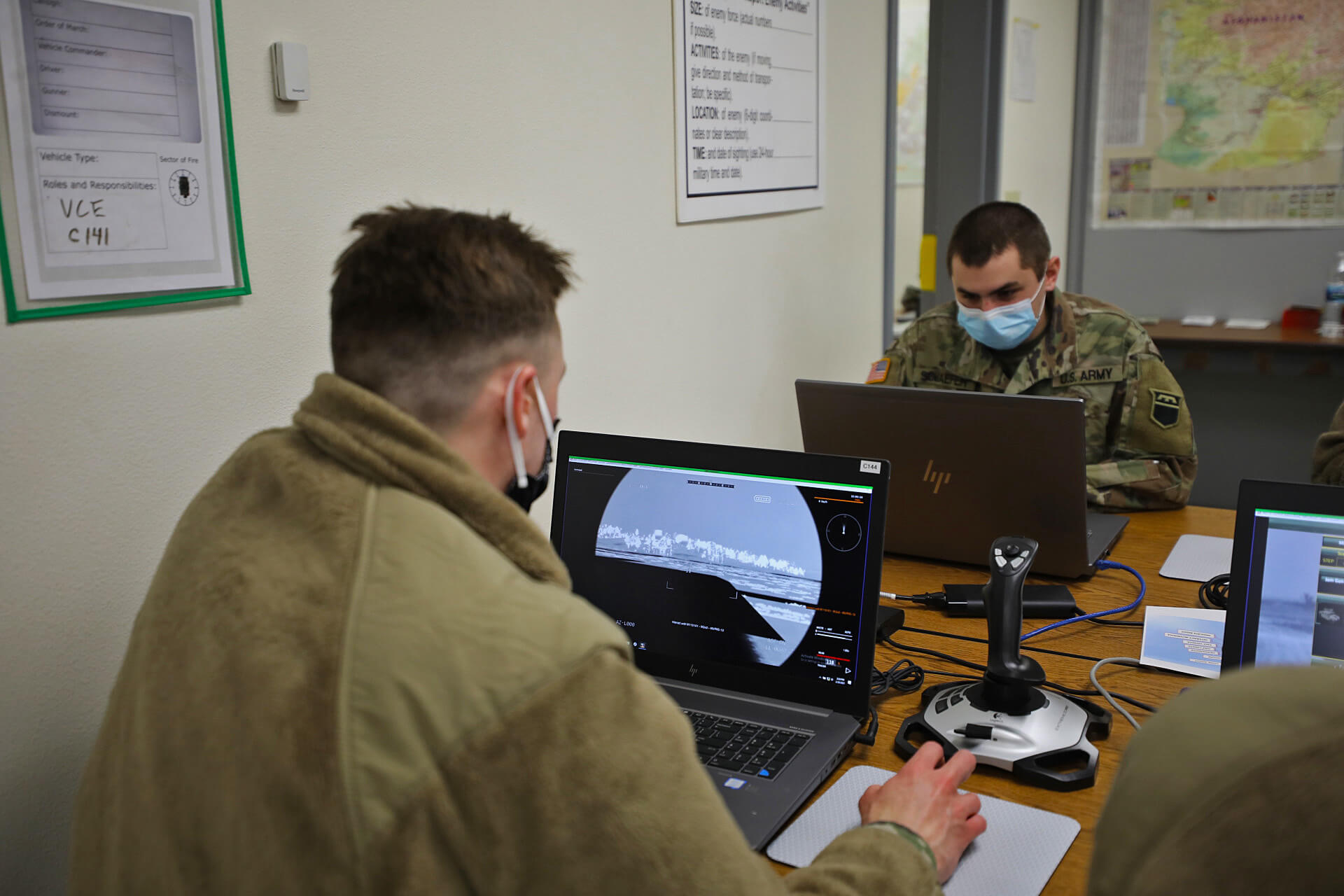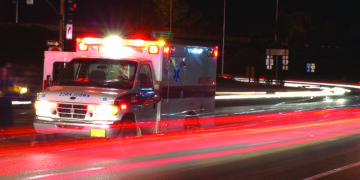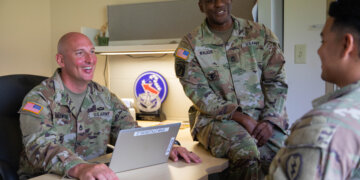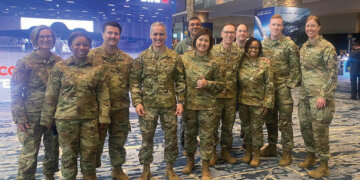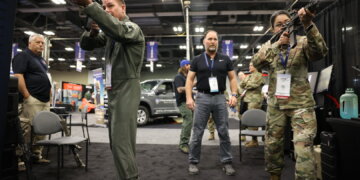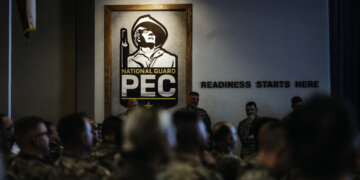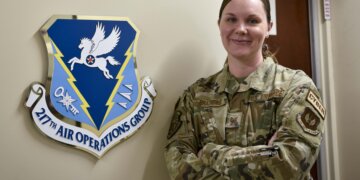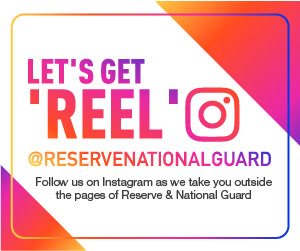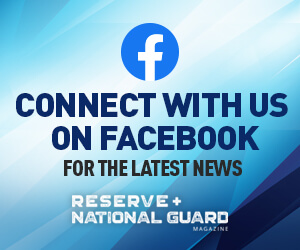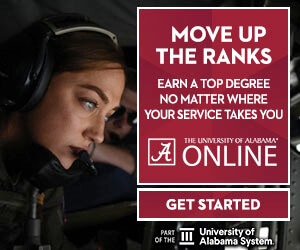As we continue the battle against the coronavirus pandemic, we must be resilient and “hunt the good stuff.” The Army teaches this resiliency skill, which counters the negative aspects of life by identifying and focusing on the positive.
The pandemic revolutionized the workplace environment and highlighted opportunities that the Army Reserve must take advantage. For example, virtual solutions, which have been relied upon heavily during the pandemic, can provide better access to training. These solutions can improve workplace productivity, strengthen team bonds, and increase opportunities for upward mobility. For the Army Reserve, this can create efficiencies in Medical Protection System (MEDPROS), PME, and mandatory training.
For the Army Reserve, the lessons learned about virtual work have the opportunity to revolutionize operations. The pandemic forced many companies to shift the organizational workforce to a work-from-home structure. Research has shown that productivity can not only remain the same but can be improved if properly executed.
If a properly executed WFH structure can increase productivity, why isn’t the Army Reserve jumping all over this? In part, this is because the Army has the same requirements on reservists as it does for the active-duty component.
The Army Reserve must therefore learn to accomplish more tasks in a time-constraint environment by improving its technology, prioritizing its requirements, and leveraging the lessons learned from the COVID-19 environment. We must learn to do more with less if we define less as more effective planning and training activities.
A systems approach to leading change like Kotter’s 8-Stage Model can help facilitate this change for the Army Reserve.
Kotter’s Model
- Create a sense of urgency
- Build a guiding coalition
- Form a strategic vision and initiatives
- Enlist a volunteer army
- Enable action by removing barriers
- Generate short-term wins
- Sustain acceleration
- Institute change
The pandemic has already established a sense of urgency (step 1) and we must now focus on creating a guiding coalition (step 2) to develop the plan and set it in motion (step 3). I recommend the following actions to remove barriers (step 5).
Technology
We must improve technology to increase efficiency in training and medical readiness. The pandemic has already shown that organizations will equip employees with new or better tools to work effectively, such as virtual collaboration technology.
This means the Army Reserve can maintain or even increase productivity by leveraging innovative uses of technology. The French innovatively leveraged technology in early 2020 to help fight COVID-19 by creating COVIDOM, an app to help prioritize patients to not overwhelm hospitals.
The Army Reserve can also leverage technology to track and report on medical readiness. It currently uses MEDPROS for tracking and reporting medical readiness. Soldiers can only access this system through a government-furnished laptop connected to the NIPR available at reserve centers. We need an innovative solution that is CAC-enabled, like AKO or DFAS, and that is accessible from a home computer or smartphone.
Why not leverage the recently developed USAR Double Eagle Application to track medical readiness while tailoring to today’s connected population? This would allow soldiers and first-line supervisors to track performance, identify trends, and address issues before it impacts readiness at the unit level. However, it is not enough to equip soldiers with the proper tools and technology, we must also do a better job at prioritizing those mandatory requirements for reservists.
Prioritized requirements
The Army needs to prioritize and reduce mandatory training and evaluation requirements per AR 350-1. Army training and leader development requirements are summarized in AR 350-1 with a long list of individual soldier requirements in a 28-page Appendix F.
Army reservists are further restricted with only 24 days of drilling while leaders already spend countless hours to help manage the administrative functions and training in between drilling weekends. HQDA needs to further prioritize or reduce requirements for the Army Reserve.
A perfect example is the yearly evaluation requirement for all soldiers. The active-duty component can easily and effectively rate their soldiers’ performance over 365 days.
Soldiers meet 24 days for drilling purposes and an average of 14 days for annual training and are expected to have the same evaluation completed. This becomes a problem because active-duty soldiers and reservists may compete for the same schools and this can create an issue of inequality. With the proper technology and the proper focus on training, the Army Reserve can then explore the opportunities that remote working allows and that many organizations already utilize.
Lessons learned
Army Reserve leaders must generate short-term wins (step 6) by using the lessons learned from this pandemic. Leadership has noted that one of the many benefits of the COVID-19 response is a willingness to do distributive training.
Remote working offers teams the flexibility to meet work demands while balancing life demands by using technology and giving employees the flexibility to adjust their schedules. Reservists can similarly be empowered to better manage their time and balance this work-life demand on their terms. Furthermore, the military must take full advantage of this willingness to conduct virtual training and learning.
One example is NATO’s Defence Education Enhancement Programme, which held a 3-day conference in November 2020 to capture best practices for PME in a virtual environment. Over 200 participants from over 100 PME institutions concluded that the tools for virtual learning exist but are not being utilized to their full potential.
Institutions must take full advantage of virtual learning by expanding more programs from resident to virtual in an asynchronous method. The military can save time and money spent traveling to drill or PME courses by implementing such drastic and innovative measures. Empowering soldiers to better manage their time and continuing to implement the positive lessons learned from the pandemic will have revolutionary impacts on Army Reserve training.
Moving forward
The Army Reserve must continue an innovative approach to training during this pandemic and a post-COVID-19 environment to sustain the process and institute the change (steps 7 & 8). We cannot sacrifice readiness for time, so we need to maintain the highest levels of readiness while using more time for training.
This will require Army Reserve leaders to leverage technology, focus on time management, and continue to drive innovation. It will benefit if a working group is built to drive the changes following the Kotter Model, giving reserve soldiers the time and tools to meet the Army’s requirements.
The end state is an Army Reserve able to effectively use their 24 days of drill for operations at the staff level and in-depth training across METLs at the soldier and squad level without sacrificing readiness. With better tools and better guidance, the Army Reserve can “hunt the good stuff.”

